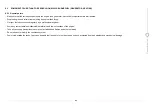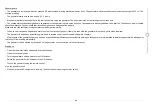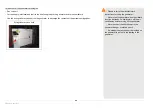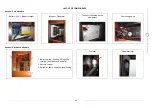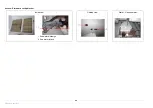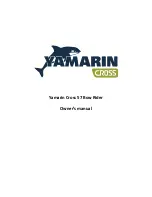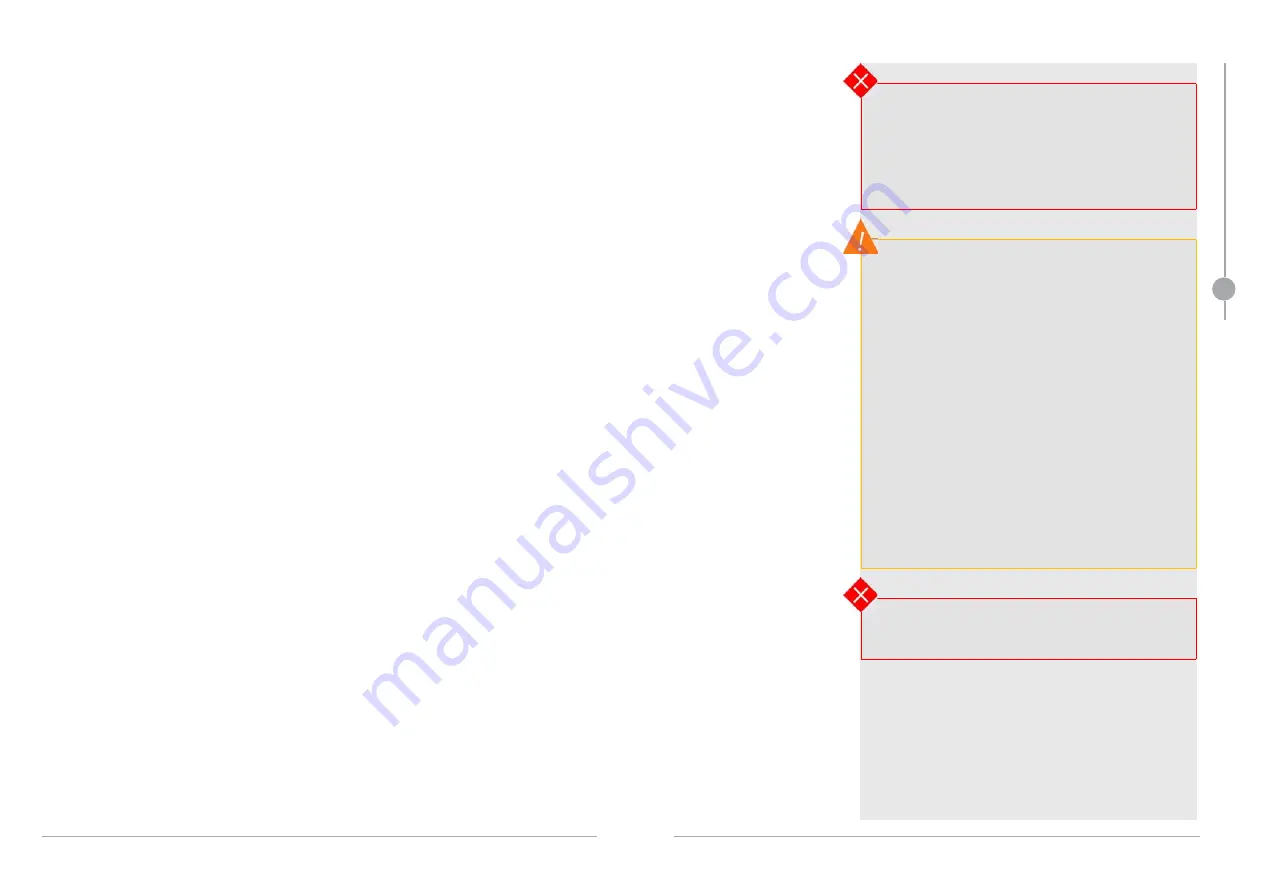
53
7.3
AC SYSTEM (110 V OR 220 V)
- Do not modify the vessel's electrical installation nor its relating diagrams. The installation, maintenance and any
modifications must be carried out by an electrician qualified in marine electricity. Have all electrical installations checked
(tightening and connections) every year.
- Disconnect the boat's shore power when the system is not in use.
- Connect the relay cans or metal casing of the electrical equipment installed to the boat's protective conductor (green
or green with yellow stripe conductor).
- Use double insulated or earthed appliances.
- If the reverse polarity indicator is activated, do not use the electrical installation. Rectify the polarity fault before using
the vessel's electrical installation (this applies only to polarised circuits with a polarity indicator).
- Never let the end of the boat/shore supply cable
hang in the water: The result may be an electric field
liable to hurt or kill the swimmers nearby.
- There may be danger of electrocution if
alternating current systems are incorrectly used.
- Do not work on a live AC system.
To reduce the risks of electric shock and of fire:
- Turn off the shore supply with the onboard cut-off
switch before connecting or disconnecting the vessel/
shore supply line.
- Connect the ship/shore power cable on the boat
before plugging it into the socket onshore.
- Disconnect the ship/shore power cable at the
shore socket first.
- If the reverse polarity indicator is activated
immediately disconnect the cable.
- After using the socket onshore, close its
protective cover tightly.
- Do not modify the connections of the ship/shore
power cable: only use compatible connections.
DO NOT MODIFY THE CONNECTIONS ON THE
SHIP/SHORE POWER CABLE.
- If a DC/AC converter is fitted on board: it is
essential to switch of the DC and AC circuits
before working on the cabin AC sockets.
AC sy
st
em
7
Summary of Contents for OCEANIS 45
Page 1: ...OCEANIS 45 OWNER S MANUAL 161724 Index D ...
Page 2: ......
Page 4: ......
Page 8: ......
Page 12: ......
Page 17: ...17 STABILITY AND BUOYANCY Stability data 18 Access to the boat 19 3 ...
Page 20: ...20 Access to companionway Access to the crew cabin Sail locker Stability and buoyancy ...
Page 21: ...21 MANOEUVRABILITY 4 ...
Page 97: ...97 STEERING SYSTEM General points 98 Layout diagram 99 Bow thruster 100 11 11 ...
Page 102: ......
Page 110: ......
Page 116: ......

























